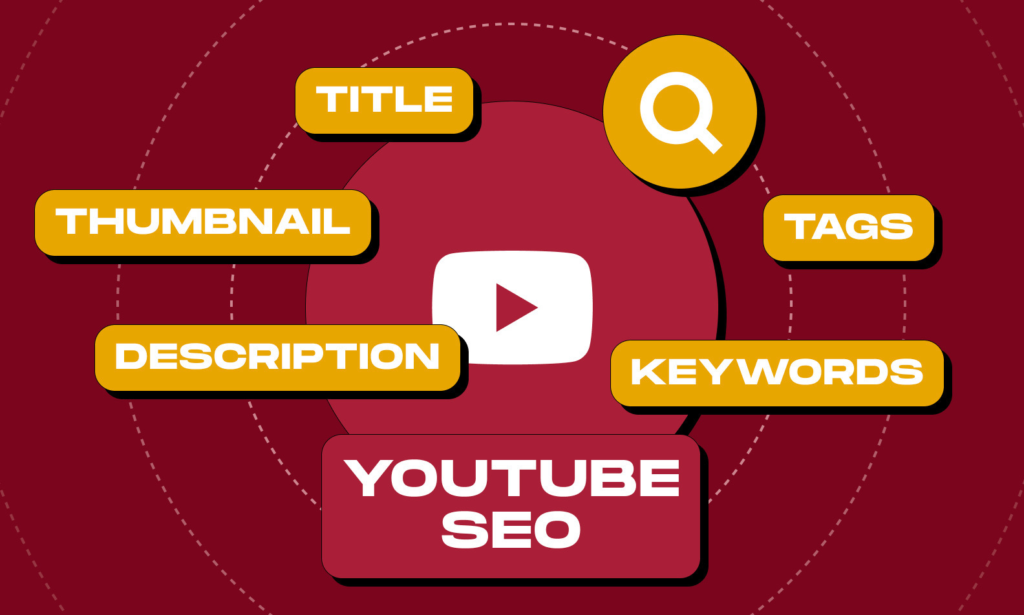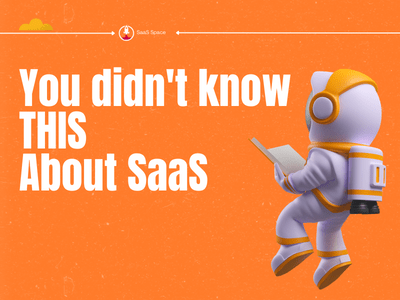YouTube has always been one of the most popular social media platforms, and it has the potential to become one of the best platforms to use SEO tactics and rank your videos higher. YouTube is not only a video-sharing platform. It is a powerful search engine, a social platform, and an AI-enhanced content discovery system for global use. In 2025, ranking your videos on YouTube SEO requires more than stuffing keywords into your title. Instead, it’s about crafting meaningful, data-driven, viewer-centric content optimized across every layer—metadata, engagement, and behavioral signals.
In the following article, we will go over the key characteristics of YouTube SEO and dive into understanding how YouTube SEO works in 2025. This will be your gateway to visibility, growth, and long-term impact.

What’s Changed in YouTube SEO for 2025?
Before we dive into strategy, here’s what’s different this year:
- AI-first indexing: Google is YouTube’s parent company, and it has integrated Gemini (its AI engine) to understand video context and semantic intent better than ever.
- Visual and audio search: YouTube now “watches and listens” to your videos to determine relevance—titles alone won’t cut it.
- Short-form influence: YouTube Shorts have matured into a discovery engine of their own, affecting long-form recommendations.
- Multi-language indexing: With automatic translation and captions, your video can now rank across languages—even if you post in just one.
Now, let’s take a look at the core pillars of YouTube SEO in 2025 and understand the nuances.

1. Search Intent and Semantic Relevance
Gone are the days when keyword density mattered more than actual relevance. YouTube’s AI can now interpret searcher intent and semantic meaning.
How to adapt:
- Use tools like Keywords Everywhere, ChatGPT, or VidIQ AI to understand what people are really searching for, not just exact-match keywords.
- Craft titles and descriptions based on questions users ask (e.g., “How do I start a YouTube channel in 2025?”).
- Think thematically. Build topic clusters—a group of related videos that interlink and build authority.
2. Titles That Match Emotion and Intent
Click-through rate (CTR) is tracked through YouTube’s algorithm and session start rates, so your title must spark curiosity and match what people want to watch.
Do:
- Include your target keyword in the first half.
- Keep it under 60 characters.
- Use emotionally compelling words like “secret,” “step-by-step,” “without,” or “mistakes to avoid.”
3. Thumbnails That Convert Browsers into Watchers
Thumbnails are arguably your most important SEO asset. Why? Because CTR impacts your ranking more than ever.
2025 thumbnail rules:
- Use bold, readable fonts.
- Include a close-up of a human face with expressive emotion.
- Color contrast needs to be high—YouTube now factors in visual salience.
- Test thumbnails using A/B tools or audience polls.
Tip: Avoid overusing text in the thumbnail—it competes with the title and reduces impact and visibility.
4. Descriptions That Build Context
While not as heavily weighted as titles or thumbnails, descriptions still play a supporting role in helping YouTube understand your content.
Include:
- Primary keyword in the first 1–2 lines.
- A short summary (100–200 words) with supporting keywords.
- Links to related videos or playlists.
- Timestamps to break down sections (especially for long-form).
Pro move: Add a short FAQ with LSI (Latent Semantic Indexing) keywords for deeper indexing.
5. Tags and Hashtags: Do They Still Matter?
Yes, but in a secondary way. Tags help YouTube associate your video with related topics. Use them for:
- Misspellings and synonyms.
- Narrow niches and competitor tags.
- Video categorization.
Hashtags (in titles or descriptions) still improve surface-level discoverability, especially on Shorts.
6. Captions, Transcripts, and Multilingual Subtitles
YouTube’s AI listens to your video, but it appreciates help.
Why captions matter in 2025:
- Improve accessibility and UX.
- Help with semantic indexing.
- Allow cross-language discovery.
Tools like Descript, Otter.ai, or YouTube Studio’s auto-caption editor make this easier than ever.
Bonus: Add Spanish, Hindi, or Portuguese captions to reach global audiences—YouTube now indexes those translations for multilingual ranking.
Engagement & Retention: The New SEO Metrics

YouTube doesn’t just want people to click your video. It wants them to watch more of it, stay on the platform longer, and ideally watch your next video too.
Key behavioral signals:
- Average view duration (AVD)
- Audience retention rate
- Engagement rate (likes, comments, shares, saves)
- Return viewer rate
- Session time extension (watching your other videos)
To boost these:
- Hook viewers in the first 15 seconds.
- Use chapter markers to structure content.
- Add pattern breaks (visual effects, jump cuts, humor).
- Always end with a call to action to another video or playlist. If you want to see how these ideas tie into wider digital approaches, you can look into resources on how businesses strengthen their online presence
7. YouTube Shorts = Discovery Fuel
Shorts now act as a lead generator for your channel. In 2025, creators use Shorts to:
- Preview long-form videos.
- Answer micro-questions (great for search!).
- Trigger interest in evergreen playlists.
Optimize Shorts by:
- Using strong hooks in the first 3 seconds.
- Keeping them under 50 seconds.
- Adding a link to the full content in the description or pinned comment.
Shorts don’t just bring subscribers—they impact the overall authority of your channel.
8. Playlists = Channel-Level SEO
YouTube prioritizes session time, and playlists are designed to keep viewers watching. Think of them as your channel’s internal web.
Optimize like this:
- Create playlists around keyword clusters.
- Use compelling titles: “Beginner’s Guide to YouTube SEO (2025 Playlist)”
- Include SEO-rich descriptions.
- Interlink videos within the playlists.
Pro tip: Embed playlists on your website or blogs to drive external session starts—another key SEO factor.
9. Consistency, Freshness, and Publishing Strategy
Publishing frequency still plays a role in channel growth. YouTube places higher those channels that post consistently and remain active most of the time.
2025 strategy:
- Post 1–2 long-form videos per week.
- Supplement with 3–4 Shorts.
- Maintain a regular posting time.
- Use YouTube Premieres for algorithm anticipation and viewer engagement.
Live streams and community posts also build trust and signal active presence.
10. Analytics + AI = Smarter SEO Decisions
YouTube Studio in 2025 gives you deep performance insights—but you must act on them.
Track:
- CTR and retention side-by-side
- Audience retention graphs (drop-off points)
- Top search terms leading to your videos
- Suggested video traffic
Then feed that data into your planning:
- Double down on successful content types.
- Repurpose top-performing long-form content into Shorts.
- Use analytics to refine thumbnails and titles.
Bonus: Use AI tools (like Notion AI or ChatGPT) to summarize performance trends and generate new video ideas.
Final Thoughts: It’s About Depth, Not Just Tricks
YouTube SEO in 2025 isn’t about keyword hacks or tags—it’s about creating value-driven, discoverable content that your audience wants to watch.
Remember:
- YouTube ranks what users love.
- SEO helps get your foot in the door, but retention, trust, and quality open it wide.
- Let data guide your creativity, not replace it.
The future of YouTube’s success lies in the balance between strategy and storytelling, optimization and authenticity.
For more similar articles, take a look at our website.
- Top 10 Best Sites to Buy Quora Upvotes - September 3, 2025
- How New Technology Is Changing the Face of Customer Support - August 18, 2025
- How SaaS Tools Are Streamlining Contractor Operations - August 14, 2025


